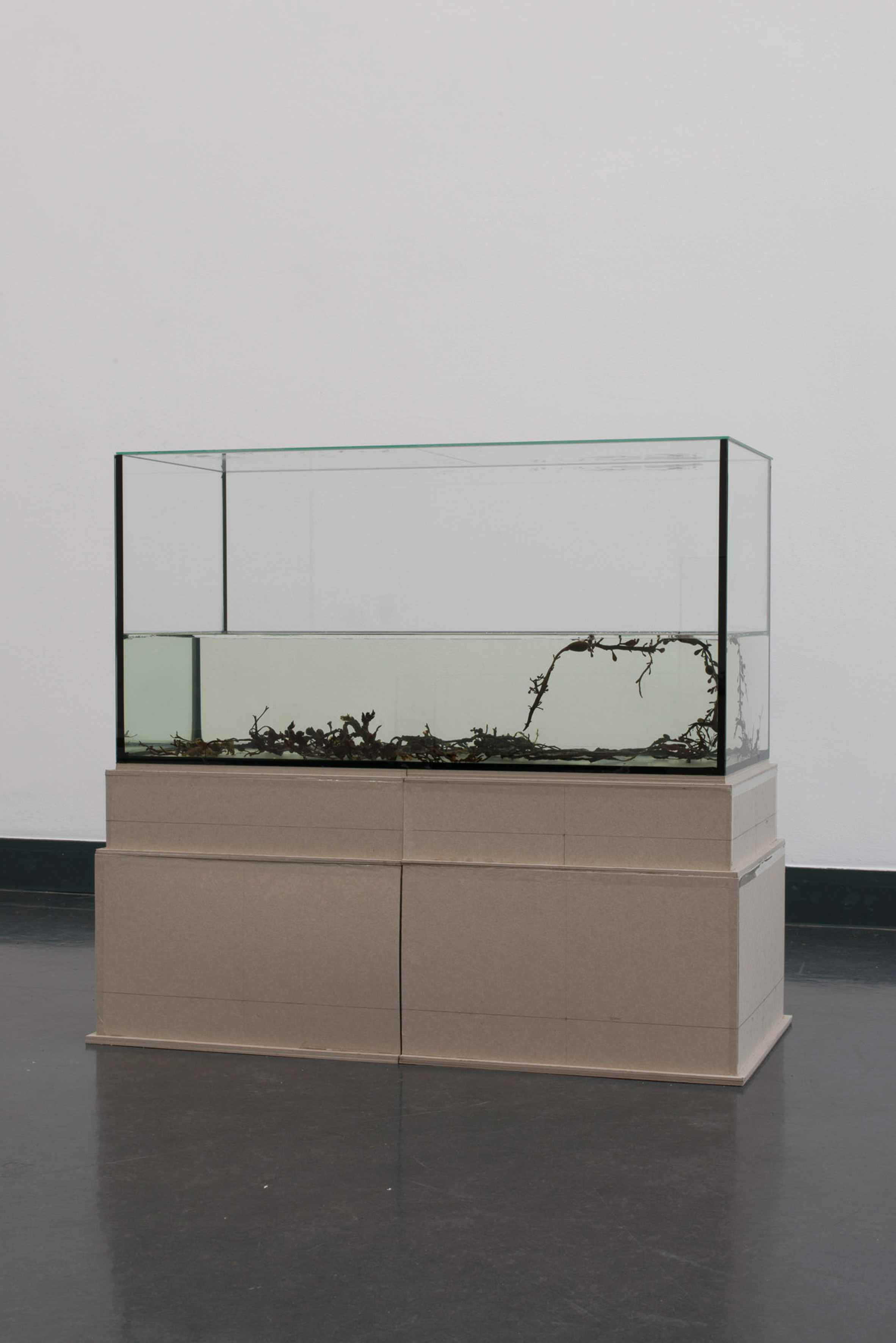YYYYMMDD >>> BACK HOME <<< >>> SELECTED FEATURES <<< >>> HIDDEN ARCHIVE <<<
[20220128]
ANALYSE 01. 23- 11: ANAESTHETISED by SHERVIN/E SHEIKH REZAEI at KIOSK [from 20211211 to 20220213]
[Photos: All images copyright and courtesy of the artist and KIOSK, Ghent]













Spending time with memories usually means being in an unwitting state of analysis. In this state, one continuously reshapes the architecture of the mind, while often taking what lingers most as predetermined, as truth. While the invisible processes of the mind filter through the past like ebbs and tides, confining memories within glass containers can function like an exercise of agency, a statement of power, or a taking up of the impossible.
In her graduation project as well as the later book ENSEMBLE: An Architecture of the Inbetween, Shervin/e Sheikh Rezaei created a vision of architectural structures as both symbols and usage spaces for human life and its cycles. Just as a carpet is simultaneously an artifact and, as for Michel Foucault, a localised utopia, the temples and gardens designed by Shervin/e are to be acknowledged as design and as poetic parable or philosophical concept. Mathematical layouts and floorplans, made to assist processes of individual transformation, are almost religious in their precision, reminiscent of both Persian temples and the postmodern churches of Mario Botta. Blank spaces fill with rituals and intentions, like a corridor of life replete with transparent materials and mirrors onto which we can project our outer or inner state.
Projecting physical and emotional processes onto architectural landscape or, conversely, projecting the architectural landscape onto amorphous emotions and corporeal irregularities, Shervin/e seems to find her language within dubious dualisms. Having moved on to explore an art practice more absorbent to non-human phenomenons, she still plays with architectural control and opens it up to the chemical processes of time.
When we look through the enclosed glass capsules in her new work, we see a struggle between different powers—a performative gesture between letting go and making order. Seaweed, with its ornamental, almost archaic shapes, becomes a metaphor for memories—a body both frozen and alive, combed-out and intertwined. We might also picture the stranded seaweed as a future artifact, a perspective through which the plant becomes extinct and joins the many species sleeping in formalin. The question is: will humans be there when a plant so essential to the planet’s ecosystem, the first in the marine foodchain, vanishes? Or are humans to vanish instead, and if so will seaweed carry our interspecies cellular memory? Water molds into the shapes of aquariums, so well-known for serving people’s vision of indoor micro-utopias. Breath and steam intervene on the geometrical on-glass drawings, reminding us that the division between nature and culture is only illusory. Is it human to long for control, any more than to long for letting go?
Shervin/e Sheikh Rezaei’s work seems to recall that even letting go can be the subject of a design process, if one merges their art practice with the most intimate self-investigations. Cold and detached, the objects in the exhibition demonstrate the urge to both purify and corrupt, to create open-endedness, to welcome life into confined structures. As pedestals vary in height and water varies in level, the process seems to do its own work, as if a mind is externalized in space—like a self-sustaining lab, a safe body extension in the process of distillation.Full of the contradictions that make up what’s human, it is work on the self and an escape, a controlled, anthropocentric creation and a gentle takeover of ephemeral powers—those that we continuously underestimate but from which we come, the truly primeval.
[Text: Weronika Zalewska]
©YYYYMMDD 2021 All content and design by Daniela Grabosch + Ricardo Almeida Roque unless otherwise stated. Images, Videos and Texts can only be used under permission of the author(s).